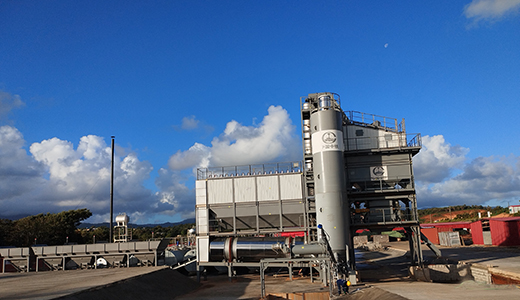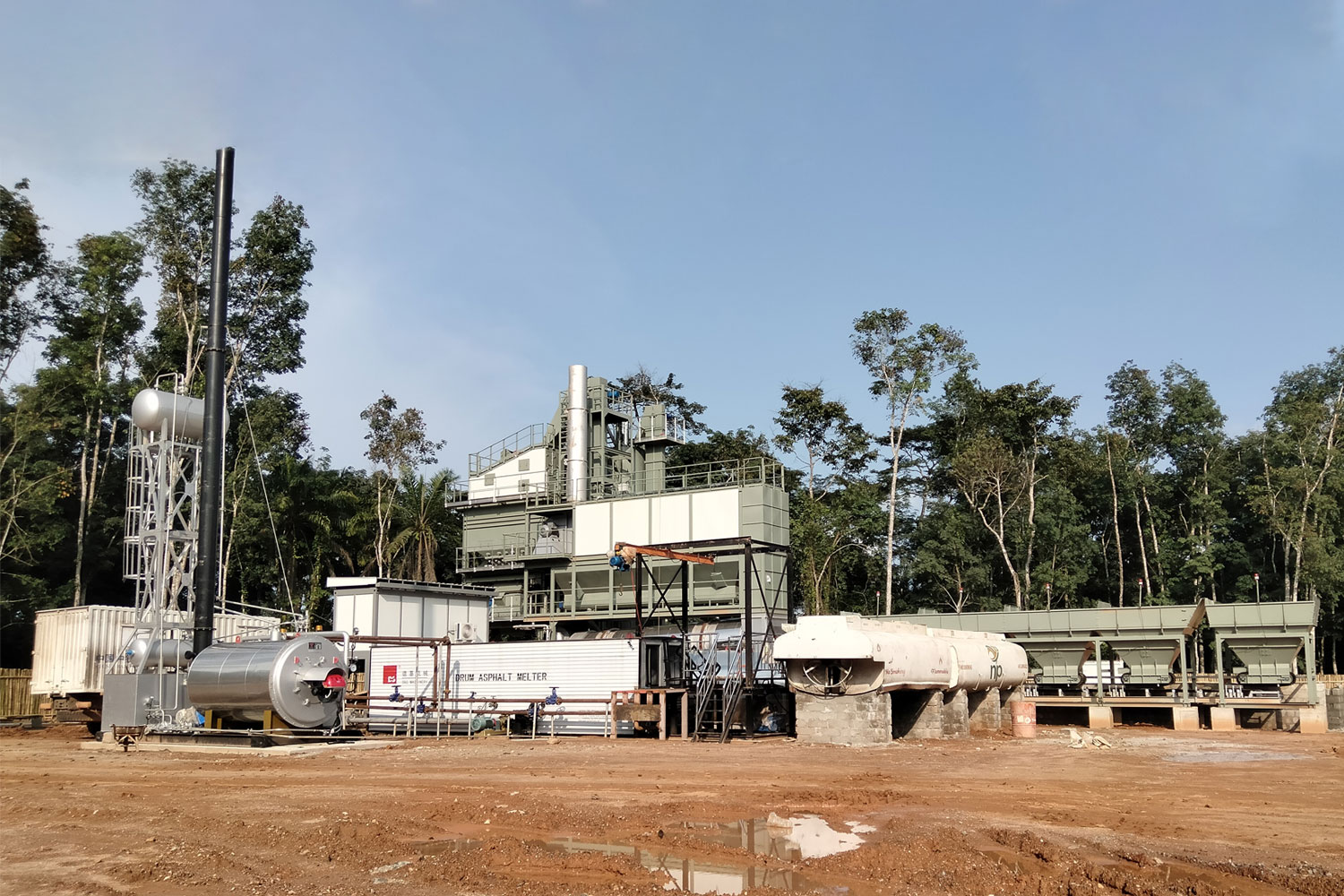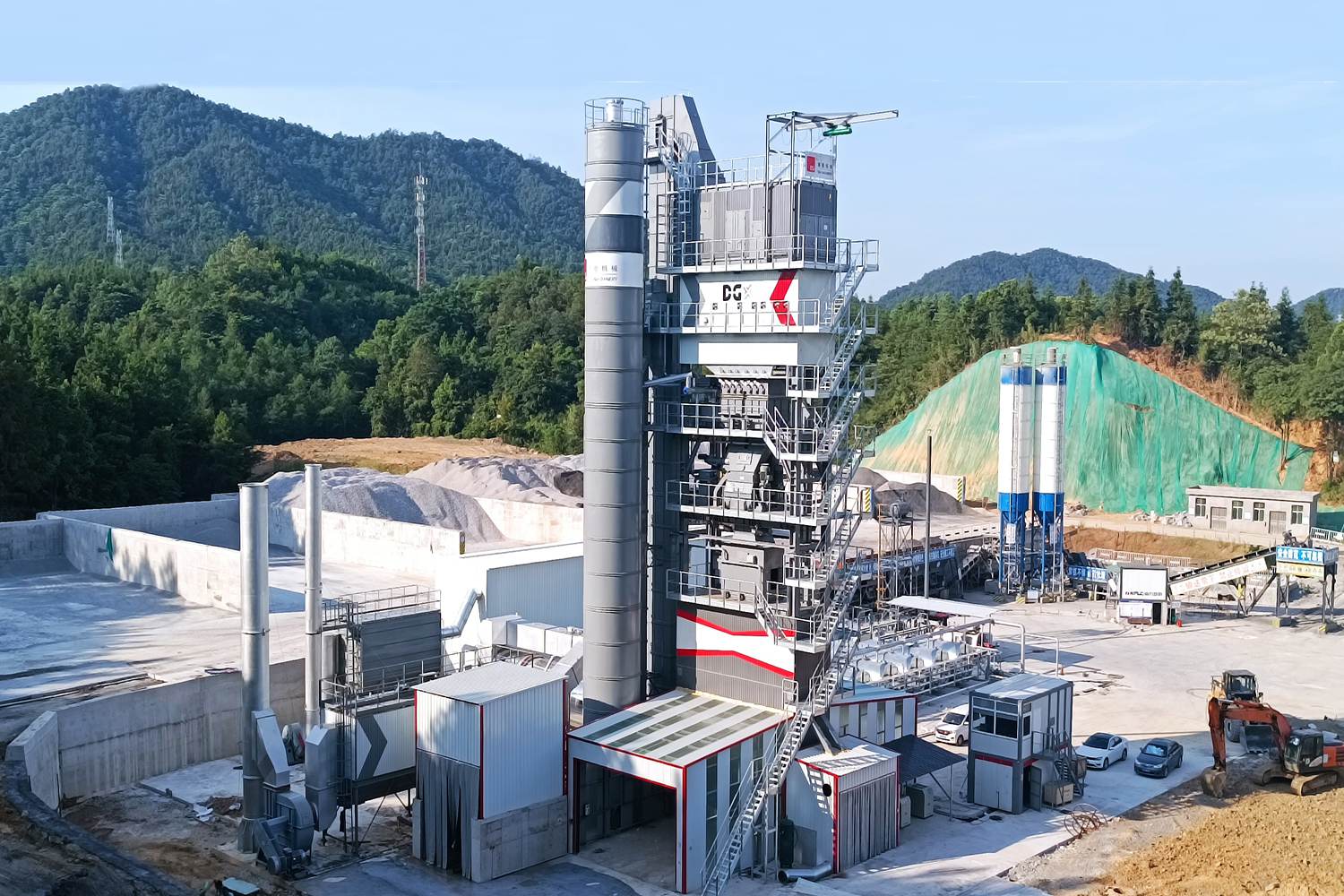Asphalt production plays a critical role in the construction and maintenance of infrastructure, such as roads, highways, and parking lots. The process of producing asphalt involves multiple stages, each of which contributes to the final product's quality and performance. First, aggregates, which include materials like sand, gravel, and crushed stone, are gathered and prepared. These aggregates form the bulk of the asphalt mixture and must be carefully selected for size and composition to ensure proper bonding and durability.
Once the aggregates are ready, they are heated to high temperatures, a crucial step that facilitates the mixing process. Heating the aggregates reduces moisture content and enhances the material’s ability to blend smoothly with the liquid asphalt binder. The binder, typically a byproduct of the petroleum refining process, is infused with the heated aggregates to create a cohesive mixture. This blending is carried out in a controlled environment to ensure consistency and quality.
The quality of asphalt is not merely a function of the materials used but also the methods of production. The use of modern techniques, such as batch or continuous production methods, influences the uniformity and performance characteristics of the asphalt. Each method has its advantages, with batch production allowing for greater flexibility in mix design, while continuous production is known for its efficiency and ability to produce large volumes.
Once produced, asphalt can be transported to construction sites where it is laid down in layers. The application must be precise, as the thickness and compaction of the asphalt are critical to its longevity and performance under traffic loads. After application, proper curing and maintenance ensure that the asphalt retains its structural integrity over time. The combination of high-quality materials, efficient production methods, and careful application contributes to creating resilient road systems that withstand the elements and heavy usage.
Content Disclaimer
The content provided on this website is for informational purposes only. Some of the information, articles, images, and other materials available on this site may be sourced from third-party websites and public domain resources. While we make every effort to ensure the accuracy and reliability of the information, we do not take responsibility for the content provided by external sources.




